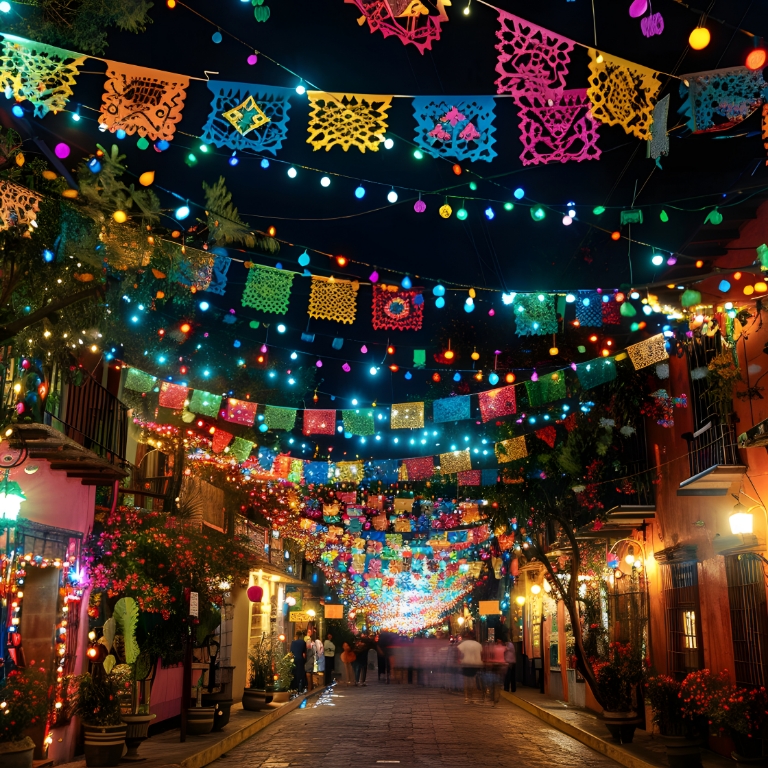The people we popularly know as “Aztecs” called themselves “Mexica”. The Aztecs are a legendary people who inhabited the mythical city called Aztlán. The Mexica were a group that separated from the Aztecs and migrated south. Even today it is not known where the mythical Aztlán is located, but we know the group that separated from the Aztecs, arrived in the Valley of Mexico and founded Mexico-Tenochtitlan around the year 1325 did call themselves “Mexicas.”
When they arrived in the Valley of Mexico, the Mexica or Aztecs were a nomadic and uncultured people who, upon settling on the shores of the lake, began to absorb the culture of the peoples who had already been established for a long time, with a millenary history and a much more developed culture that precedes that of the Mexica or Aztecs by hundreds of years.
The Mexicas or Aztecs were a people from the north of what is now Mexico who spoke Nahua, a language that is part of a family of languages today called Uto-Aztec, like many other Mesoamerican peoples who do not necessarily consider themselves Aztecs or Mexica. Nahua is still spoken in many parts of Mexico.
When the Spanish arrived in the Valley of Mexico, they found a quite advanced Mexica or Aztec civilization with a history of just under 200 years, which is surprising, because they went from being a barbarian group to forming a great empire that came to encompass around 116,000 square miles in a very short time. This thanks to the sagacity of the Mexica or Aztecs to learn, continue and amalgamate the pre-existing cultures in the Valley of Mexico with their own traditions.
The Mexica or Aztecs were not the first to cultivate and process corn. Corn was first domesticated approximately 12,000 years ago in the valleys of Tehuacán, Puebla and Oaxaca, in what is now Mexico.
The Mexica or Aztecs were neither contemporary with nor knew the Mayan culture in its splendor. By the time the Mexica or Aztecs arrived in the Valley of Mexico, the Mayans, as a great civilization in the Yucatan Peninsula, had already disappeared about 300 years ago.






